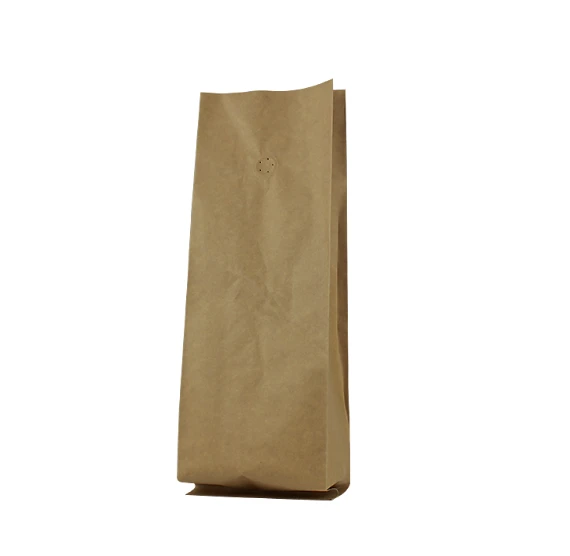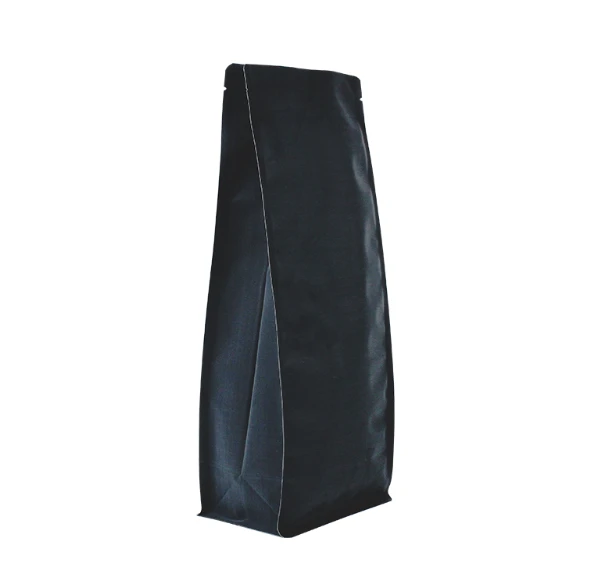- Afrikaans
- Albanian
- Amharic
- Arabic
- Armenian
- Azerbaijani
- Basque
- Belarusian
- Bengali
- Bosnian
- Bulgarian
- Catalan
- Cebuano
- chinese_simplified
- chinese_traditional
- Corsican
- Croatian
- Czech
- Danish
- Dutch
- English
- Esperanto
- Estonian
- Finnish
- French
- Frisian
- Galician
- Georgian
- German
- Greek
- Gujarati
- haitian_creole
- hausa
- hawaiian
- Hebrew
- Hindi
- Miao
- Hungarian
- Icelandic
- igbo
- Indonesian
- irish
- Italian
- Japanese
- Javanese
- Kannada
- kazakh
- Khmer
- Rwandese
- Korean
- Kurdish
- Kyrgyz
- Lao
- Latin
- Latvian
- Lithuanian
- Luxembourgish
- Macedonian
- Malgashi
- Malay
- Malayalam
- Maltese
- Maori
- Marathi
- Mongolian
- Myanmar
- Nepali
- Norwegian
- Norwegian
- Occitan
- Pashto
- Persian
- Polish
- Portuguese
- Punjabi
- Romanian
- Russian
- Samoan
- scottish-gaelic
- Serbian
- Sesotho
- Shona
- Sindhi
- Sinhala
- Slovak
- Slovenian
- Somali
- Spanish
- Sundanese
- Swahili
- Swedish
- Tagalog
- Tajik
- Tamil
- Tatar
- Telugu
- Thai
- Turkish
- Turkmen
- Ukrainian
- Urdu
- Uighur
- Uzbek
- Vietnamese
- Welsh
- Bantu
- Yiddish
- Yoruba
- Zulu
how to measure l x w x h
How to Measure Length, Width, and Height
Measuring length, width, and height (often abbreviated as l, w, and h) is a fundamental skill used in various fields, from construction and interior design to crafting and everyday life. Accurate measurements are crucial for ensuring that objects fit properly within a given space, whether it’s furniture in a room or materials for a project. This article will guide you through the process of measuring these three dimensions effectively.
Understanding the Concepts
Before diving into the measurement process, it's essential to understand what each dimension represents
- Length (l) This is the longest dimension of an object. It’s typically measured horizontally, especially in longer or rectangular items. - Width (w) The width is the measurement of an object from side to side. It is usually the shorter dimension in rectangular items. - Height (h) Height is the vertical measurement of an object, representing how tall it is from its base to its top.
Tools You’ll Need
To measure length, width, and height, you’ll need a few basic tools
1. Tape Measure A flexible ruler that can measure long distances. It’s ideal for both indoor and outdoor use. 2. Ruler or Yardstick Useful for measuring smaller items or for more precise measurements in smaller spaces. 3. Level Especially when measuring height, a level ensures accuracy by making sure the measurement is perpendicular to the ground.
Steps to Measure Length, Width, and Height
how to measure l x w x h

1. Prepare the Area Clear the space around the object you intend to measure. This will help you get accurate readings without obstructions.
2. Measure Length - Place one end of the tape measure at one end of the object. - Extend the tape measure to the opposite end, ensuring it stays flat and straight. - Record the measurement in inches or centimeters, depending on your preference.
3. Measure Width - Position the tape measure at one side of the object. - Pull it across to the opposite side, again ensuring it is level and flat. - Write down this measurement next to the length.
4. Measure Height - For measuring height, start at the base of the object. - Extend the tape measure straight up to the top of the object. - It’s helpful to have someone assist you in holding the tape in place for more accuracy, especially for taller objects.
5. Double-Check Your Measurements It’s always a good practice to take two or three measurements for each dimension. This will help reduce errors and provide you with a more accurate set of data.
Record and Utilize the Measurements
Once you have your measurements, make sure to record them in a clear format, noting which measurement corresponds to length, width, and height. This data can be invaluable for various applications, such as when you need to shop for furniture, build a structure, or create arts and crafts.
Conclusion
Measuring length, width, and height is a straightforward process that, with a little practice, can become second nature. Mastering this skill can help in many areas, from home improvement projects to crafting, and will ensure that your creations and purchases fit perfectly in their designated spaces. Remember to use the right tools and take accurate readings, and you will find that measuring can be both easy and rewarding.













